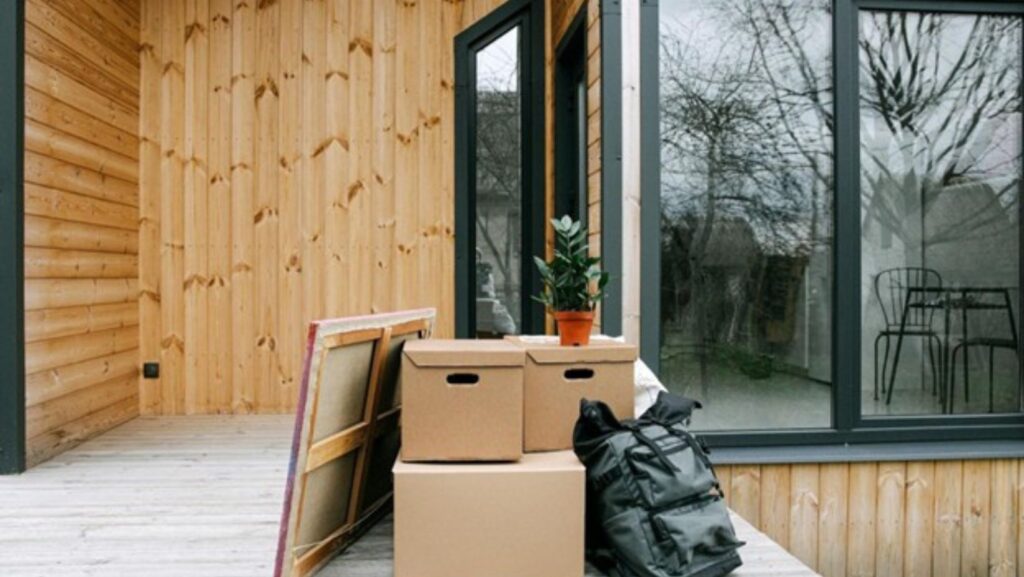Before you pick up a hammer or hire a contractor, understanding the anatomy of a deck is critical for any successful building or repair project. Whether you’re designing a new outdoor space from scratch or tackling repairs on an aging structure, knowing the main components ensures better planning, cost estimation, and long-term durability. From the foundation to the finishing touches, each part of a deck has a specific role in safety, function, and aesthetic appeal. This foundational knowledge also helps you communicate more effectively with professionals or make informed DIY decisions. In this guide, we’ll walk you through the crucial parts of a deck, providing the clarity you need before you begin construction or start repairs.
The Foundation
The foundation of your deck is its most crucial element, providing the necessary support and stability. It consists of footings and posts, which anchor the deck to the ground and ensure it remains level and secure. The key to understanding your deck build is ensuring the footings are poured deep enough to prevent shifting or settling. Posts are placed atop the footings and connected to the beams that hold the structure together. A well-designed foundation is essential for longevity and safety, especially in areas with fluctuating weather conditions. Without a solid foundation, even the most beautifully constructed deck could become unsafe or structurally compromised over time.
The Frame
Once the foundation is in place, the next critical elements are the beams and joists, which create the deck’s structural framework. Beams sit on top of or alongside the posts and carry the weight of the joists, which are spaced evenly across the beams to form a solid platform.

These parts are usually constructed from pressure-treated lumber, designed to resist rot and insect damage. If any of these components are compromised, the stability of the entire deck is at risk. Understanding this framework is essential when planning repairs, as replacing a single joist or reinforcing a sagging beam can significantly enhance the deck’s integrity and safety.
The Surface
Decking boards are the visible, walkable surface of your deck and come in various materials, including wood, composite, and PVC. These boards are fastened to the underlying joists and are the most exposed part of the deck, enduring foot traffic, sun, rain, and snow. Choosing the right material is a balance between aesthetics, maintenance, and budget. For example, natural wood requires regular staining and sealing, while composite materials offer long-lasting durability with minimal upkeep. When repairing, warping, splintering, or cracking, boards should be replaced immediately to prevent accidents and keep your deck looking fresh and safe.
Safety First
Railings are decorative, and they are critical for safety, especially on elevated decks. Railings typically consist of a top rail, bottom rail, and vertical balusters or spindles spaced to meet building code requirements. Depending on the height and location of the deck, railings might be legally required. Materials range from wood to metal, glass, or composite, allowing for a range of looks to match your style. If you’re repairing a deck, check for loose or wobbly railings and rusted fasteners. These signs can indicate compromised safety and should be addressed before the deck is used again.
Added Support
The ledger board is a horizontal piece of lumber that attaches your deck to your home, providing crucial support for one side of the structure. It must be properly flashed and fastened to prevent water infiltration and structural failure. Along with the ledger board, various metal connectors, including joist hangers and angle brackets, help secure joints and reinforce connections between parts. These components are small but mighty, as they provide added stability and protect against structural weaknesses. When building or repairing a deck, checking the condition of the ledger board and connectors is essential to ensure the deck remains securely anchored and safe.
Finishing Touches
Stairs provide access to and from the deck and need to be both functional and safe. They include treads (the part you step on), risers (the vertical portion), and often railings for support. Skirting is the material used to close off the area beneath the deck, which enhances appearance and helps prevent animals from nesting underneath. Accessories like lighting, built-in seating, planters, and pergolas can transform a basic deck into a luxurious outdoor living space. While not structural, these elements improve usability and curb appeal. If you’re repairing, updating these features can give your deck a new life without a complete rebuild.

Understanding the main parts of a deck is essential, whether you’re constructing a brand-new outdoor retreat or simply repairing worn-out sections of your current setup. Each component plays a role in ensuring your deck is both safe and enjoyable. By learning how these parts work together, you can make informed decisions, save on costs, and maintain the long-term health of your investment. Ready to start your deck project with confidence? Begin with knowledge, and the rest will follow. Would you like a checklist or diagram to go with this guide?
